Waiting For A Flower - Reflector - Bottle w/Magnifiers - 16 1/2 inch Gundlach Achromatic Meniscus
I've exhausted any and everything I could think of to shoot w/the Kodak Portrait lens, but I was thrilled shooting w/this lens, a truly great and user friendly SF/portrait lens which is at this time, a fairly inexpensive semi-achromatic cousin of the Pinkham Smiths.
I've run out of things to shoot w/the Kodak, time to shoot w/something else, and w/a different motif, so I've reached for the one lens I haven't 'aired out', the Gundlach Achromatic Meniscus alias the Pinkham & Smith 'Synthetic'.
The first shot is of a vase that I'd already shot w/the Kodak Portrait but w/a dark motif, the second image is of a plain reflector, and the third is of a decorative bottle flanked by two magnifiers.
The Gundlach nee Synthetic wasn't given a lot of respect by some folks, and has snuck under the radar, compared to the more famous Semi-Achromatics and Visual Quality, but again, you can exhange the character/personality/signature of these lenses as you change subject matter/lighting/exposure and for me the different signatures of these various lenses are simply 'starting points' rather than a constriction.......These lenses can change/exchange personalities.
Some things that've become evident to me from messing around w/these things.....You do have a choice of whether you want a halo/glow/halation around your subject matter(underexpose-lower illumnation or increasing shutter time keeping the lens wideopen).........You can get some sharpness/crispness/smoothness in the foreground subject matter and transition from that to the abstract/stylized background effects these lenses tend to create.........if you keep winding up w/mush when you use these lenses, mush that you don't want, it's you, not the lens.
If making things soft were the only things you could produce w/these things, I would've stopped buying/using them a long time ago. The way they create transitions from BR to FG, and abrstraction, and the surreal, is what keeps me excited about them.
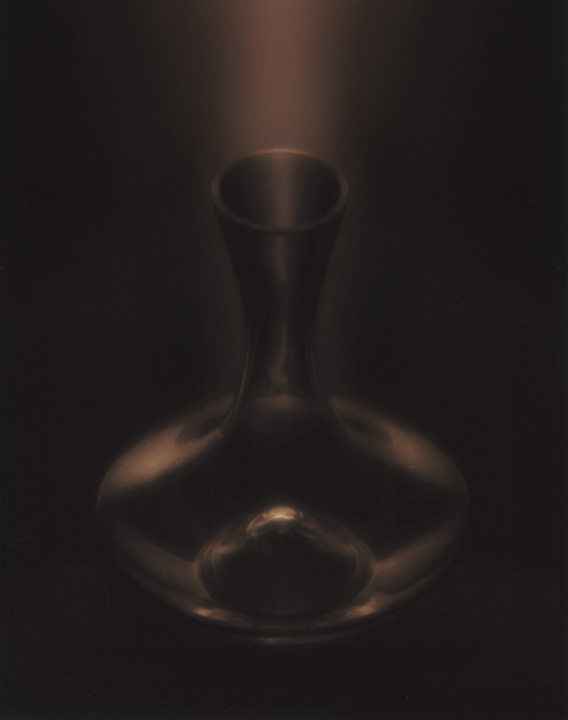
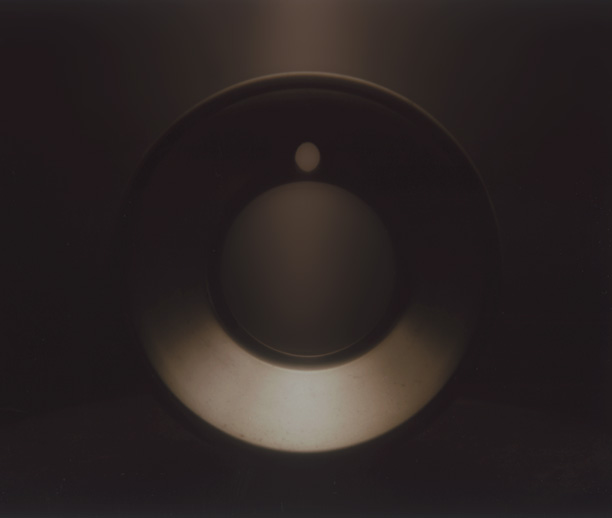
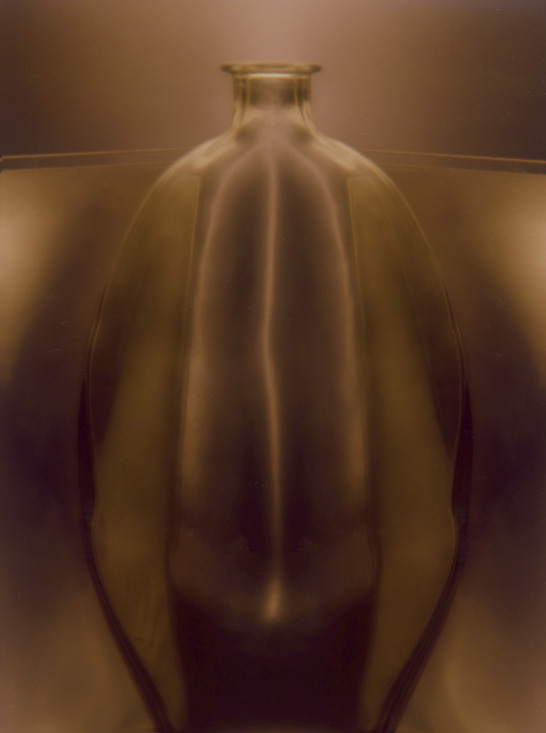
Waiting For A Flower - 305mm Kodak Portrait Lens
This is an expensive vase, and as w/all inexpensive glass, it's mis-shapen and 'cockeyed' as hell. I've never purchased anything like this that was ever perfectly symmetrical, but then again I could never bring myself to purchase a $500.00 vase, that isn't in me.
I've got the cam/lens at a very steep angle shooting at this, and it's backlit as usual.
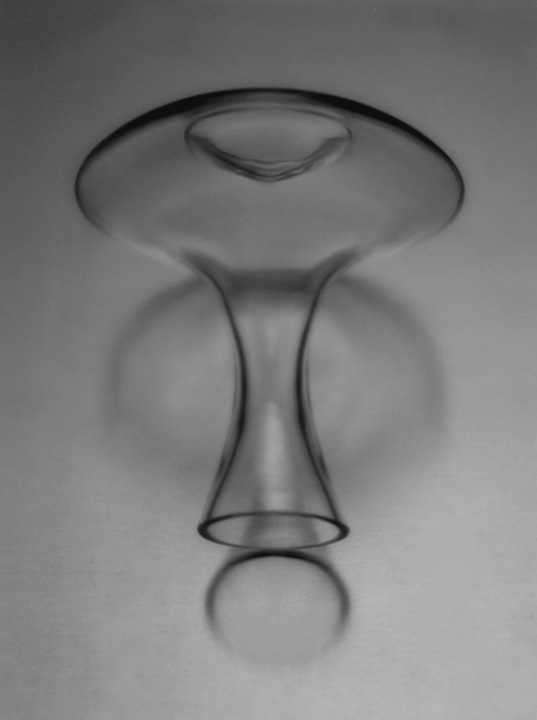
Triangles And Trapezoids II - 305mm Kodak Portrait Lens
Execution notwithstanding, these magnifiers were really the perfect subject matter for me. Idyllic really, something that can function as a lens, combined/juxtaposed into geometric shapes, as it distorts and/or magnifies.
I lined up the outside of these magnifiers with the outside edges of the brushed aluminum sheet as a continuous line as it seem to make sense visually. The glass artifact holding up these 3 magnifiers is evident in the center.
I feel as if I've gotten everything they have to give, at least for the moment.
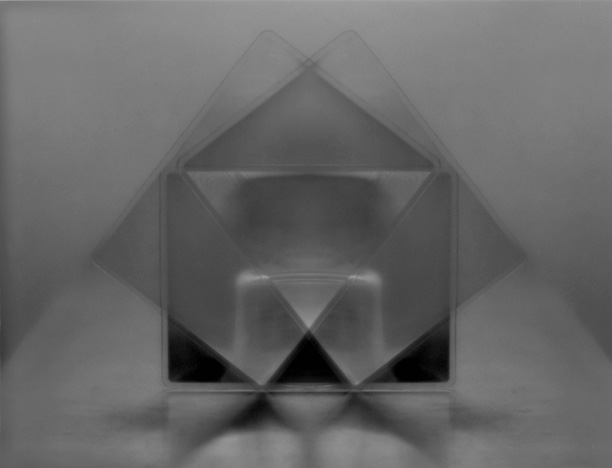
Triangles and Trapezoids - 305mm Kodak Portrait Lens
One magnifier is oriented horizontally, one vertically, and one is angled on its corner tip, producing various triangles and trapezoidal shapes. What is curious, is that where all three magnifiers overlap, you can see through to the distortion created by the glass artifcact which is holding up the magnifiers.
Take care
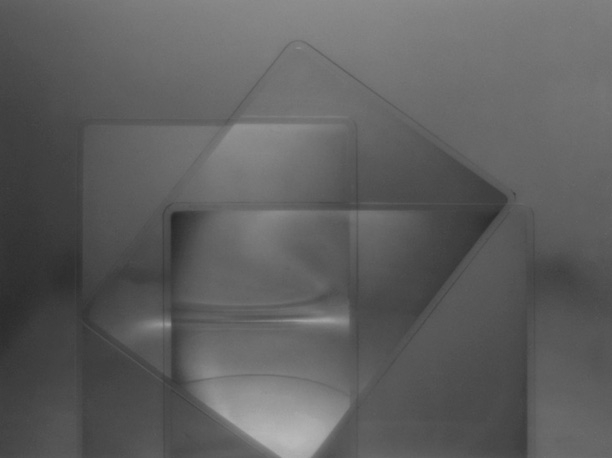
'3 Jars' - 305mm Kodak Portrait vs The 286mm Variable Positive Meniscus
Discussing the way these two lenses handle this shot is like talking about the difference between a car that goes 97m.p.h. and one that goes 100m.p.h. Having shot quite a bit w/these lenses, I can probably see more differences/a lot more going on between the lenses than somebody who hasn't.
I acquired an old style LF Artar barrel/shell w/its glass removed but w/its iris diaphragm intact, which had been used for several focal lengths which were available for that lens, along w/several meniscus lens elements, the 286mm meniscus being one of them, in an attempt to create my own Pinkham/Struss.
Knowing a LITTLE more now about optics than I did years ago, I knew there was a likelyhood of this ending badly, soI hoped for the best, and expected the worst.
It may be 'wishfull thinking', but I believe this lens to be in the same ballpark, you be the judge.
In purchasing various diopters/lens elements, particulary positive meniscus lens elements, it seemed that the ones that had more of a pronounced curve like the 286mm meniscus that I adapted to back of the Artar to do this shot was in the right direction, Pinkham and Strusswise.
The Positive Meniscus and the Kodak Portrat are similar w/the iris diaphragm in front, w/my lens, the bulge of the menisucs is pointing toward the front of the lens, w/the Kodak, the bulge is pointing backward. The glass on my lens is definitely uncoated, the kodak glass is coated.
The Positive Meniscus configuration is about a stop slower than the kodak, my lens is a little more 'brutish' and not as nuanced or as sparkly or as 'pearlescent' as the Kodak. I cannot call a winner, and I don't think you should, but I'll be uploading my Positive Men shot to my personal website. That's because of that 'something' whatever it is that I see in this shot.
I'm surprised at this choice because the Kodak Portrait happens to be the easiest of the Pinkham Semi-Achromatics to use(and it is a Pinkham SA in everything but name only and usually price), and it has an 'edge' in that it tends render a pearlescence about the subject matter to a degree that other soft focus/portrait lenses CAN'T.
I guess what I'm getting at is that these particular lenses are close enough to where there's never going to be a consistent winner when talking about using any of 'em on any particular shot, because what lens does best on what shot, will always depend on the subject matter/lighting/contrast/focus et al.
The top shot is the Kodak, and then the Varibalbe Positive Mensiscus
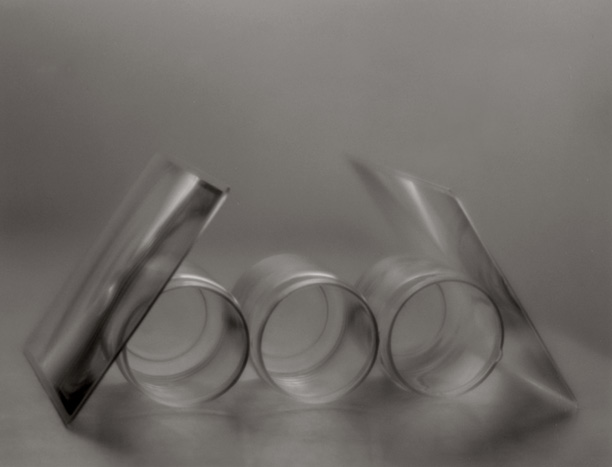
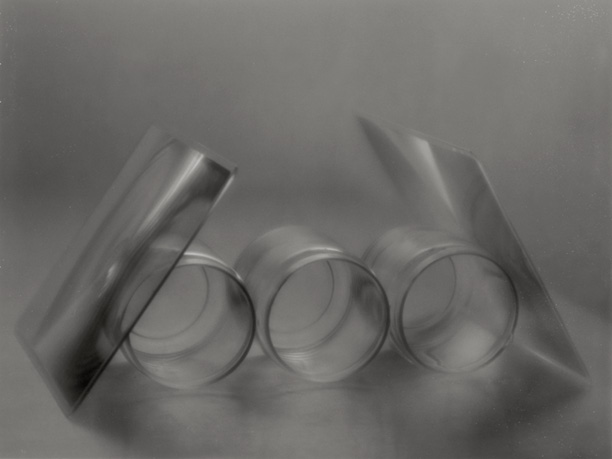
![[Your Site Name] [Your Site Name]](/storage/WideOpen%203%20tst2.jpg)
